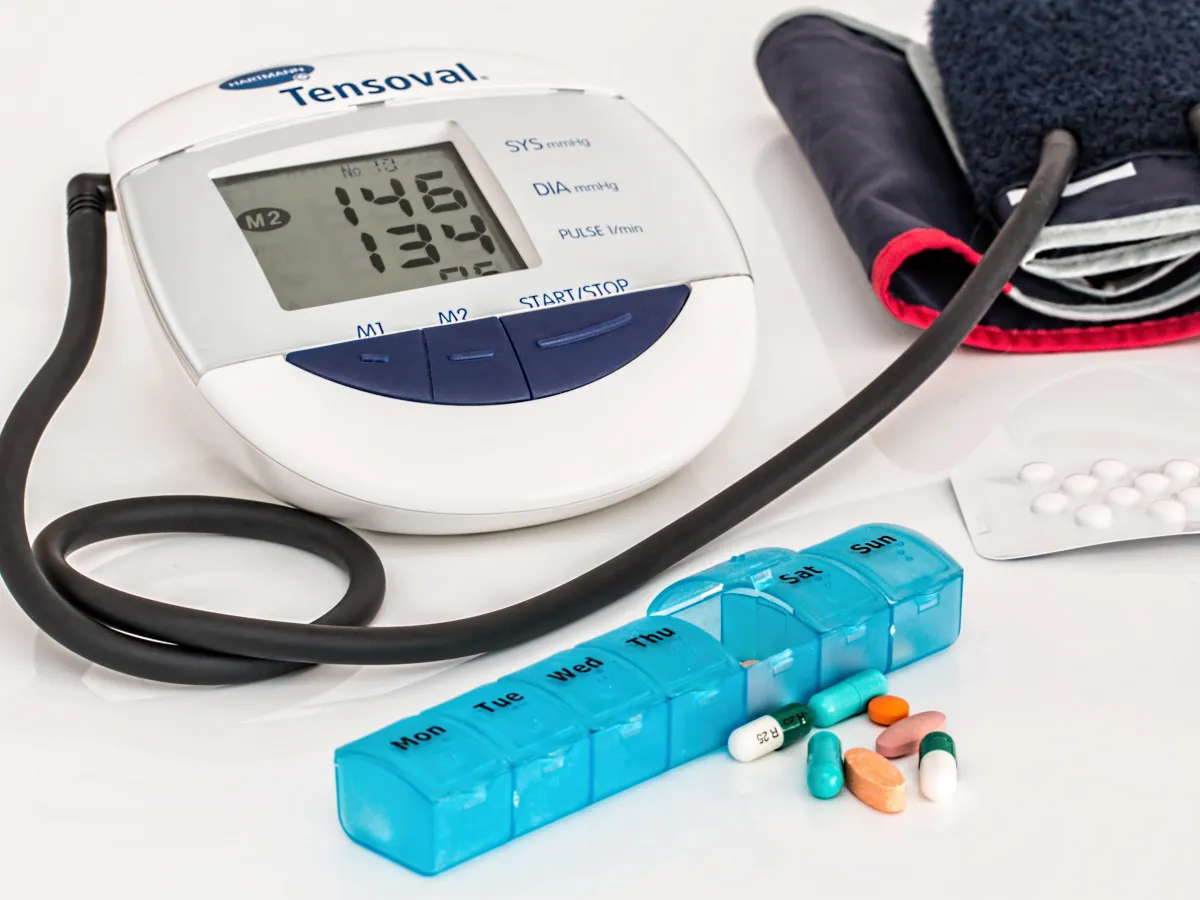Step 1: Initial Assessment and Medical History
The first part of your initial physiotherapy session typically involves a detailed assessment. Your physiotherapist will begin by asking questions about your current symptoms, medical history, and lifestyle. Expect questions about the onset, nature, and location of your pain or discomfort, as well as any previous treatments you’ve tried.
They may also inquire about your daily activities, work habits, exercise routine, and any recent injuries or surgeries. This information is critical for them to understand the root cause of your condition and tailor a treatment plan to suit your needs. Remember to bring any relevant medical records, imaging results (like X-rays or MRIs), and a list of medications you’re currently taking, as these can provide further insight into your health status.
Step 2: Physical Examination
After discussing your history, your physiotherapist will perform a physical examination. This assessment helps them understand how your body moves, identifies areas of weakness or stiffness, and reveals issues that may be contributing to your pain. They may assess:
- Range of Motion: Your physiotherapist might ask you to perform specific movements to evaluate your flexibility and joint mobility.
- Strength: Through simple resistance tests, they’ll determine the strength of your muscles to identify imbalances or weaknesses.
- Posture and Alignment: Postural assessments reveal imbalances in the body, often crucial in managing chronic pain or mobility issues.
- Balance and Coordination: Especially for individuals recovering from injury or surgery, assessing balance can provide insight into your stability and muscle coordination.
The examination is thorough but usually gentle. It’s normal to experience some mild discomfort during certain movements, especially if you’ve been dealing with an injury or stiffness. However, it’s essential to communicate with your physiotherapist about any pain, so they can adjust their approach accordingly.
Step 3: Diagnosis and Treatment Plan
Following the assessment, your physiotherapist will discuss their findings and provide a diagnosis. They’ll explain the underlying causes of your symptoms, potential contributing factors, and how physiotherapy can help. This is an opportunity for you to ask questions, voice any concerns, and get clarity on your condition.
Based on your diagnosis, the physiotherapist will develop a personalized treatment plan. This plan typically includes short-term goals (like pain relief) and long-term goals (like improved function or mobility). They may recommend:
- Exercises: Specific exercises to improve strength, flexibility, or range of motion.
- Manual Therapy: Techniques such as massage, joint mobilization, or stretching to reduce pain and stiffness.
- Education: Advice on posture, ergonomics, or lifestyle adjustments to prevent further strain on your body.
Step 4: First Treatment Session
In many cases, you’ll begin treatment during your first appointment. This initial treatment may involve gentle exercises or manual therapy techniques to start the recovery process. If your treatment plan includes exercises, your physiotherapist will demonstrate each one, making sure you understand the correct form and technique.
Manual therapy, which may include soft tissue massage or joint mobilizations, can help alleviate pain and improve movement. Some physiotherapists may use other techniques like dry needling, ultrasound, or heat therapy, depending on the nature of your condition.
Step 5: At-Home Exercises and Self-Care Tips
A crucial part of any physiotherapy treatment plan is what you do outside the clinic. Your physiotherapist will likely assign you a few at-home exercises to complement your in-clinic treatments. These exercises are designed to strengthen specific muscles, improve flexibility, and reinforce the progress made during sessions.
Additionally, you may receive self-care tips to help manage pain or stiffness at home. This might include using ice or heat packs, modifying your posture, or taking breaks from repetitive activities. Following these recommendations can make a significant difference in your recovery and help you progress faster.
Final Thoughts: Communication and Follow-Up
Your first physiotherapy appointment is just the beginning of your journey to better health and mobility. Effective communication is essential throughout your treatment; don’t hesitate to share feedback, ask questions, or discuss any concerns with your physiotherapist. They’re there to guide and support you at each step, adjusting your treatment as needed based on your progress.
Physiotherapy is often a gradual process, but consistency and patience yield positive results. As you attend follow-up sessions, stick with your exercises, and follow the guidance of your physiotherapist, you’re likely to notice improvement in your symptoms and overall physical function.

0 Comments